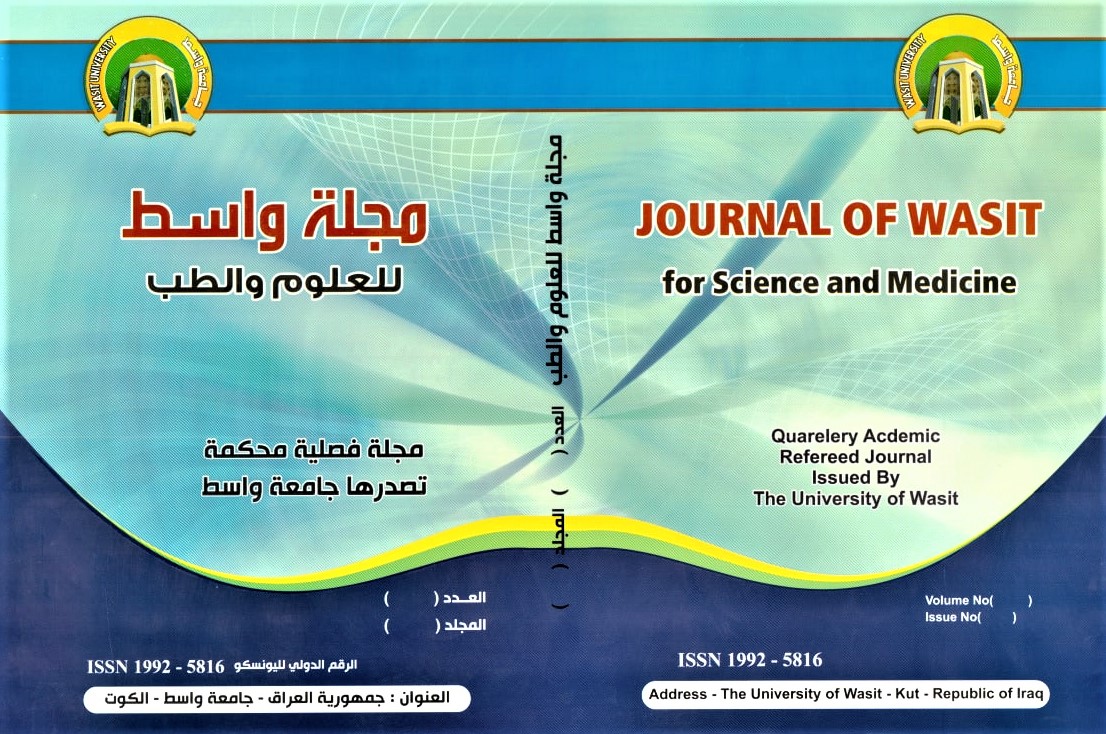Abstract
Anethum graveolens extract functions as a green reducing agent and stabilizing agent during the advanced biological synthesis process of cobalt-doped titanium oxide nanoparticles (TiO2:0.3Co). The laboratory produced nanomaterials received detailed assessment through various structural, morphological, optical and electrochemical characterization methods. The XRD analysis verified TiO2:0.3Co nanoparticles exist as highly crystalline structures with an average estimate of 29 nm for crystallite dimension. The spherical nanometer-sized particles had extensive clustering according to SEM and EDX analysis caused by nanoscale interparticle attractions. The presence of cobalt doping in the material structure reduced its optical band gap to 1.75 eV which increased its visible-light photocatalytic activity according to UV-Visible spectroscopy results. The chemical analysis through FTIR spectrometry validated metal-oxygen bond character through distinctive vibrational spectra which proved the structural stability of synthesized materials. The nanoparticles showed excellent glucose detection properties during electrochemical testing which suggests their practical use as biosensors. The extensive research shows an environmentally conscious synthesis method with high efficiency which makes TiO2:0.3Co nanoparticles suitable for environmental cleanup operations and biomedical sensing.
Keywords
Cobalt.
Green synthesis
TiO2 nanoparticles
